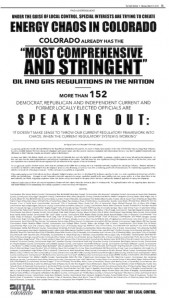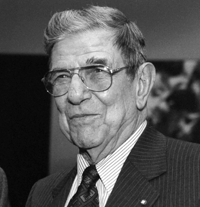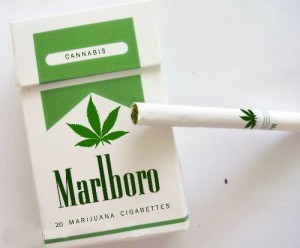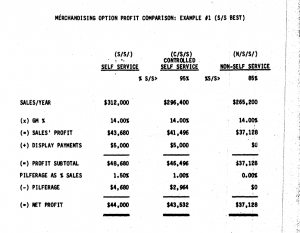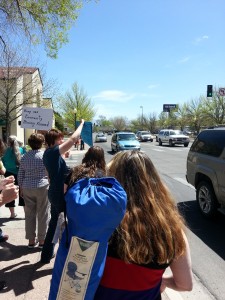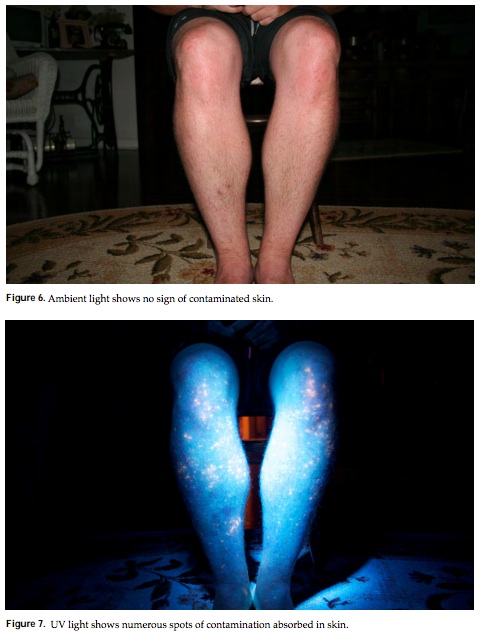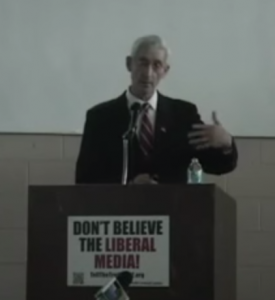
John L. Casey, a featured speaker at this year’s G.J. Energy Expo, gives a talk titled “Man Made Global Warming: The Biggest Scientific Fraud in History” to a tea party group in Florida
Club 20 is outing itself as a tea party group, and in so doing joins the Grand Junction Area Chamber of Commerce in shedding any pretense of being politically even-handed. Unfortunately, it looks like the same can now also be said for Colorado Mountain College, Colorado Mesa University and the other hosts and sponsors of the Club 20 Energy Expo and Forum.
Club 20’s annual Energy Expo and Forum is scheduled to be held at Grand Junction’s Two Rivers Convention Center February 27, and the keynote speaker at this year’s event is raising lots of eyebrows.
He is global warming conspiracy theorist John L. Casey.
The Energy Expo is dominated by extractive energy pursuits, like drilling and fracking, but that is nothing new. It is hosted by the Grand Junction Area Chamber of Commerce (already a well-established arm of the local tea party), Club 20, Colorado Mesa University, Colorado Mountain College and the John McConnell Math and Science Center.
Given the respect for education and level of intelligence the public expects of at least some of the above sponsors (CMC, CMU and the Math and Science Center), members of the public are left scratching their heads about how such a nutty keynote speaker got selected this year.







